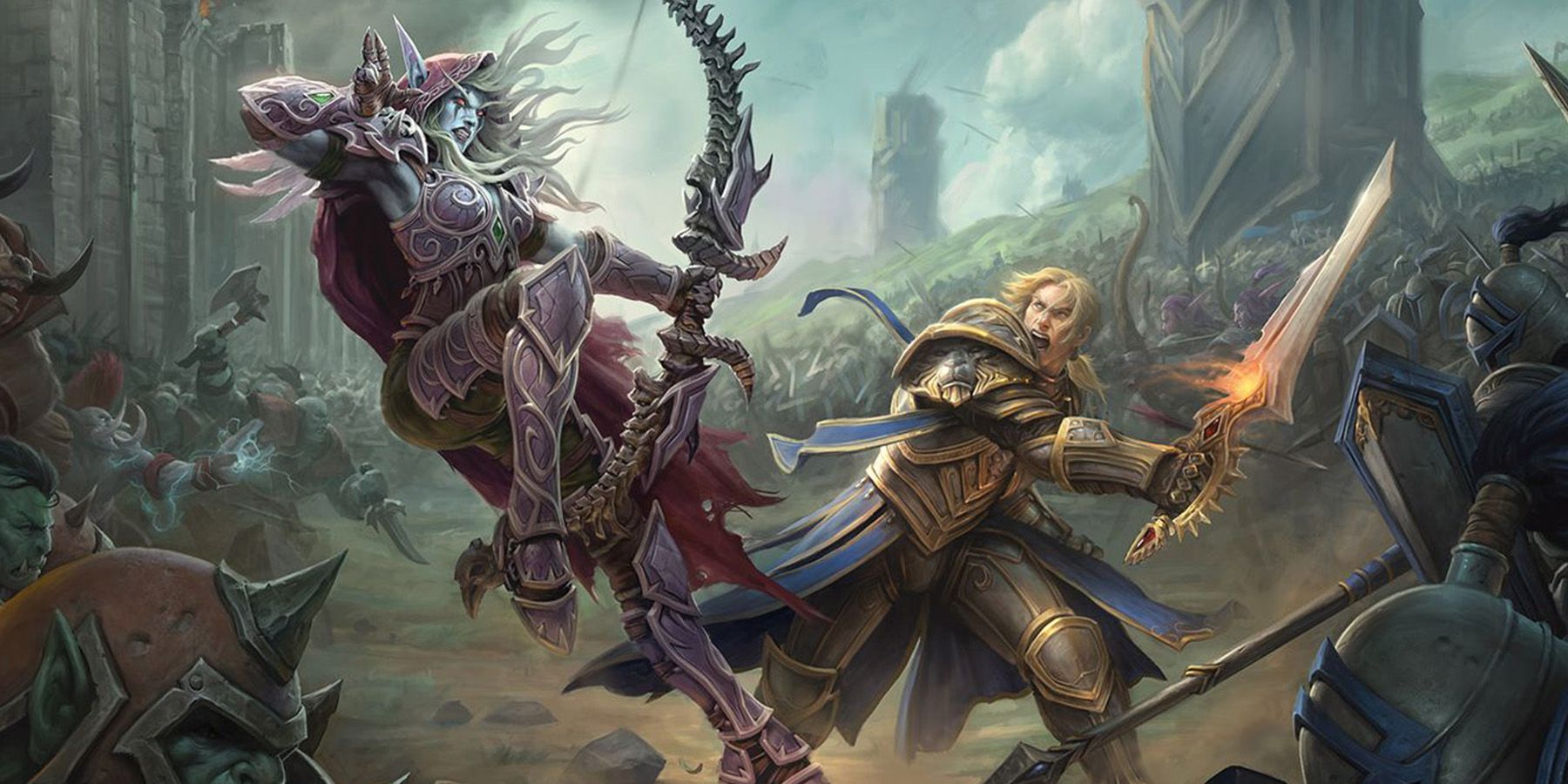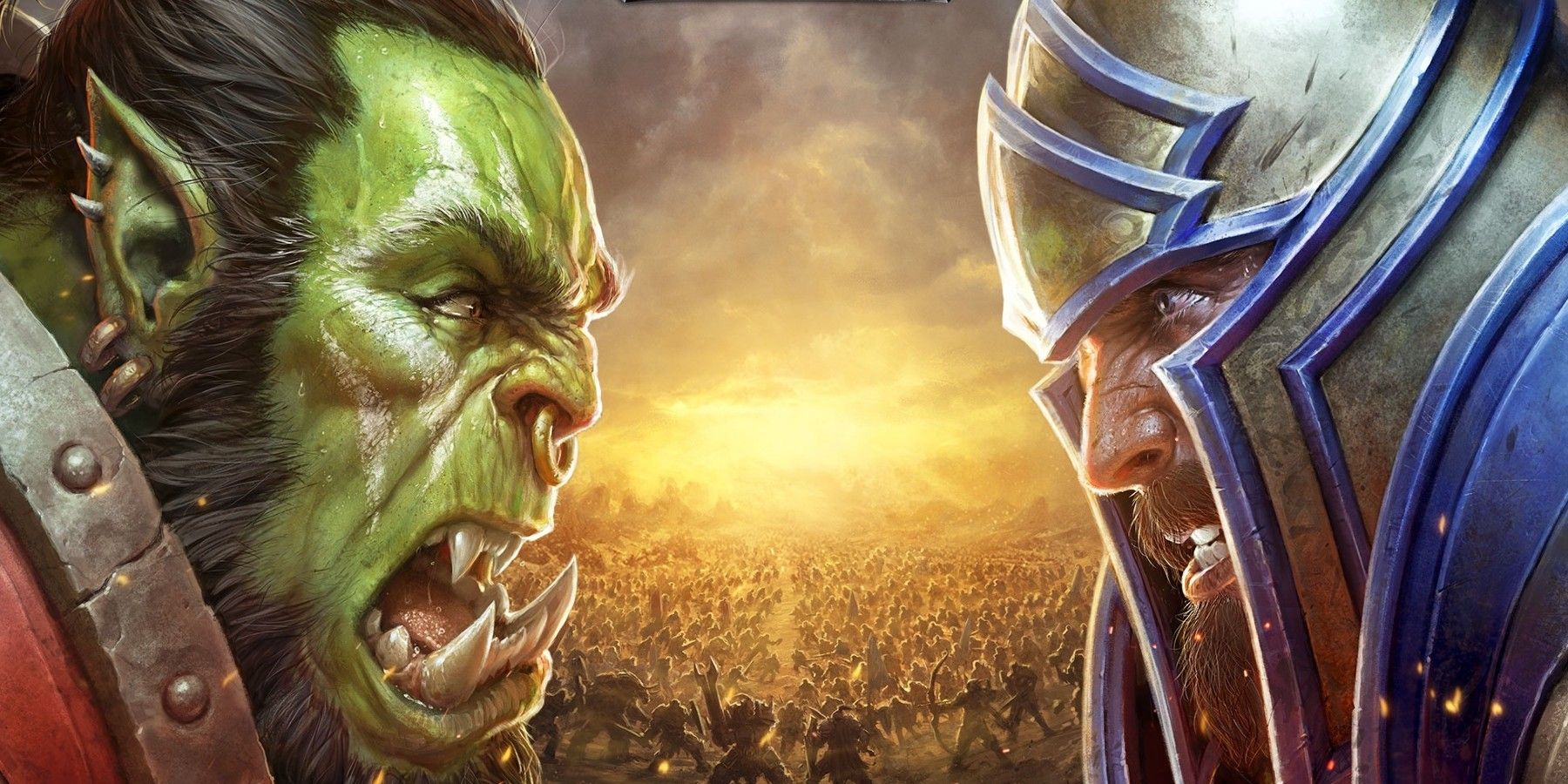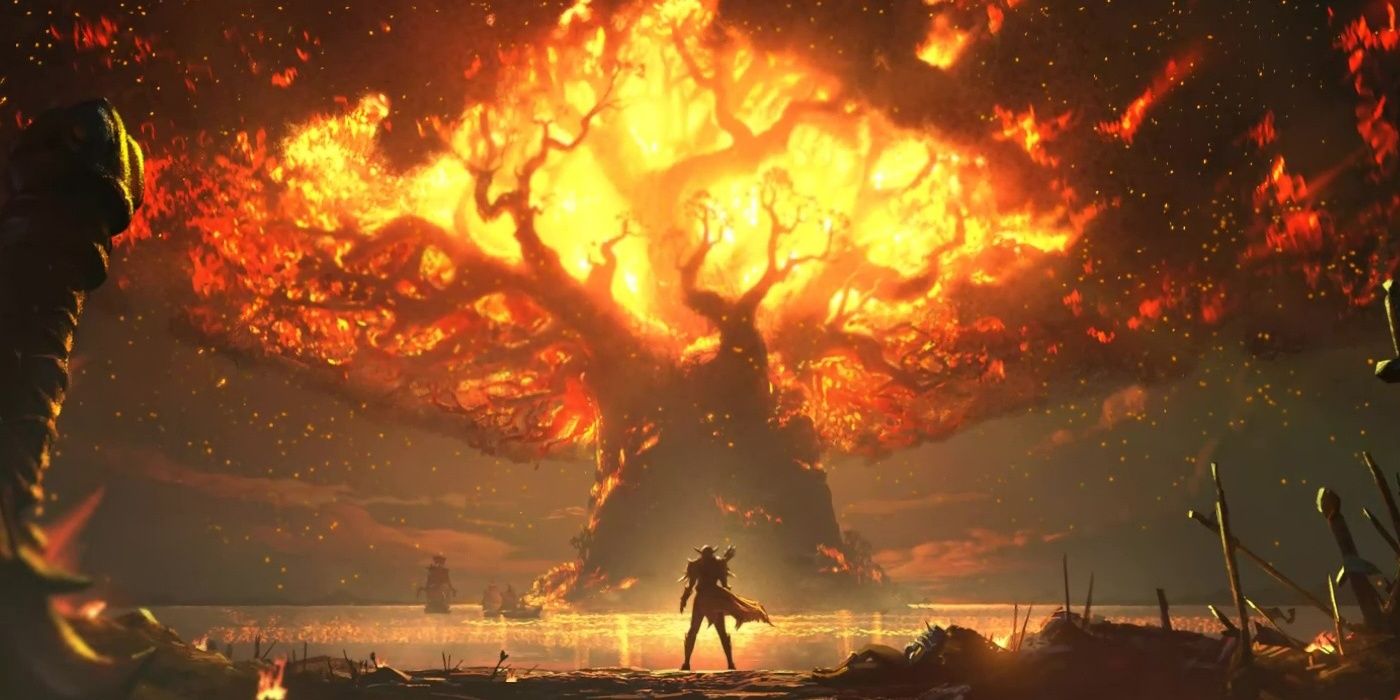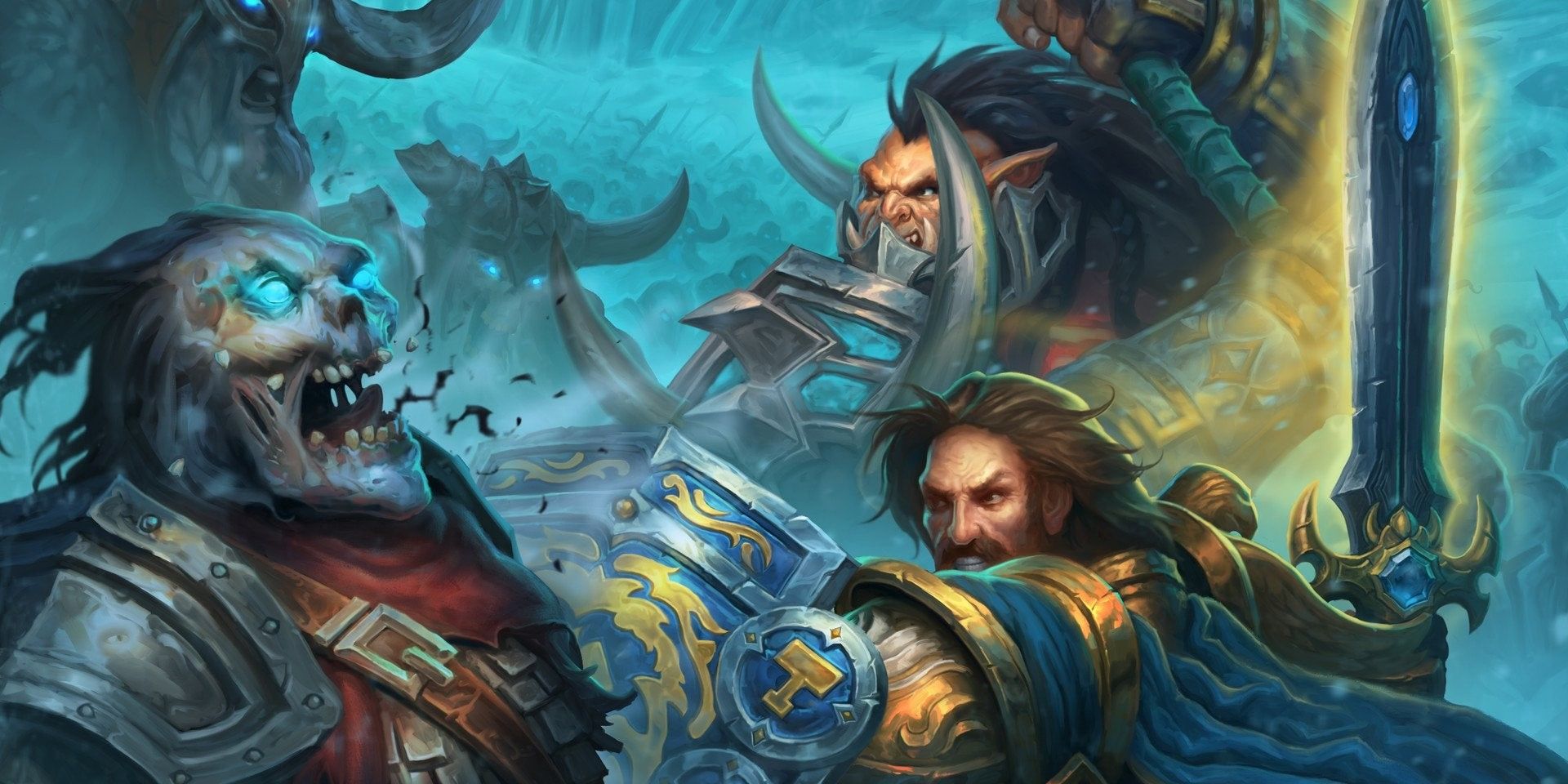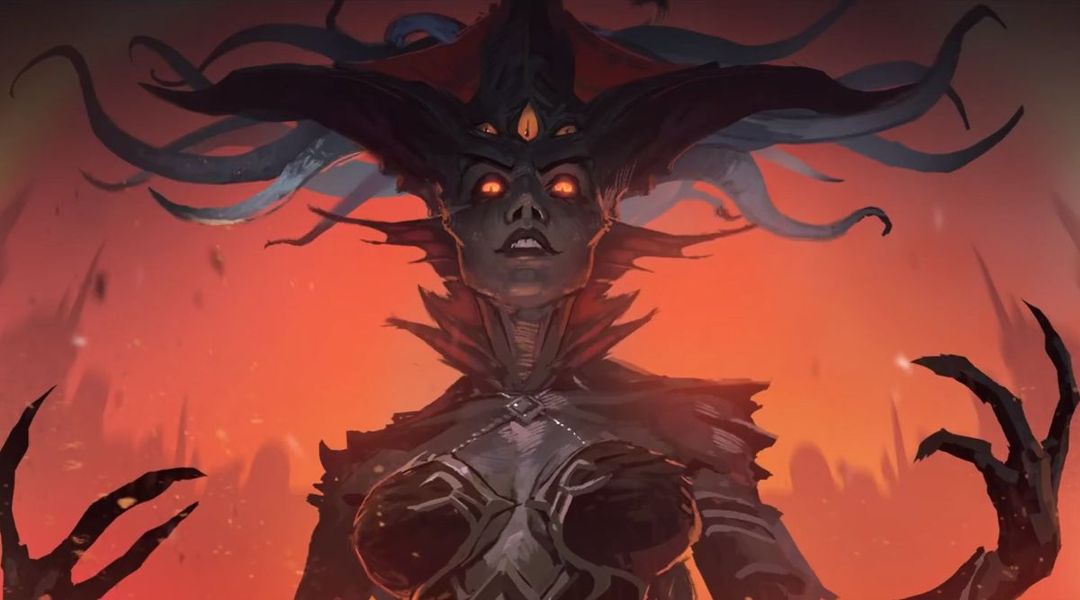Throughout the Warcraft franchise, Azeroth has seen much conflict and strife. From countless demonic invasions to weekly world-ending events. the people of Azeroth have been through a lot. Perhaps the most important events in the history of Warcraft are the four great wars that had the factions of Azeroth fighting against each other. These wars saw the rise of new villains, the death of many popular characters, and the destruction of various locales on Azeroth. Each war shaped the trajectory of Azeroth and molded the characters of Warcraft into what they are today.
The first three great wars in Warcraft were covered in the Warcraft RTS games. These wars saw the creation of the Horde and Alliance, as well as popular characters like Arthas Menethil and Illidan Stormrage. After years of struggling against world-ending events in World of Warcraft, the factions of Azeroth prepped for the fourth great war in Battle for Azeroth. A war that was rife with controversy and the destruction of some fan favorite locales, and a war that almost caused the destruction of Azeroth.
The Growing Conflict Between Horde and Alliance
Anger and resentment has always existed between the Horde and Alliance. Both factions had to set aside their differences to fight back against The Burning Legion in Legion, but behind the scenes the resentment boiled. King Genn Greymane and Lady Jaina Produmoore blamed the Horde for King Varian Wrynn's death at the Broken Shore, and both of them wanted to renew hostiles with the Horde.
Warchief Sylvanas Windrunner wanted to strengthen the Horde and create new Forsaken Val'kyr, so she traveled to Stormheim to capture Eyir. Greymane tracked her there and fought her, and successfully stopped her She was angered by this, but the two factions were forced to support each other for the final battles against the Legion. The fighting culminated in the mad titan Sargeras plunging his sword into Azeroth, which caused a new power source known as Azerite to begin leaking from the soul of the world.
After the war with The Burning Legion ended, King Anduin Wrynn helped arrange a meeting between the Forsaken of the Desolate Council and their human relatives from Stornwind. It was meant to bring closure for many of the undead and provided a cease-fire between the Horde and Alliance. Anduin and Sylvanas agreed not to fire upon the other faction's members, but that did not prevent the meeting from falling apart. Calia Menethil, Arthas Menethil's older sister, was among those at the gathering and some Forsaken chose to defect to the Alliance at her urging. Sylvanas was angered by these events, and she ordered her dark rangers to kill her own people, but to leave the humans unscathed to avoid a war.
Sylvanas slew Calia and threatened to kill Anduin, Anduin called her bluff and Sylvanas elected to retreat. Calia would later be revived by the naaru and Anduin would discuss with Genn that Sylvanas was completely lost. Both the Horde and Alliance would then spend time gathering new allies amongst races that they had helped previously, bolstering their forces for a coming war.
The Burning of Teldrassil and Battle for Lordaeron
After the defeat of The Burning Legion, both the Horde and Alliance navies had been diminished. The Horde used this opportunity to devise a plan to secure the rest of Kalimdor and create a political crisis in the Alliance. The Horde lured the night elf forces to Silithus under false pretenses, and the armies of the Horde marched through the night elf lands. They wanted to hold Darnassus hostage in hopes that it would sow division within the Alliance, and Sylvanas wanted to kill Malfurion Stormrage so that the night elves would fall as a nation. The Horde was successful in taking the Night Elf lands, but Varok Saurfang allowed Malfurion to escape. Angered by this news, Sylvanas chose to burn down the world tree Teldrassil to inflict pain and anger throughout the Alliance.
In response to the genocide of Teldrassil, the Alliance forces amassed and marched on the Ruins of Lordaeron to bring Sylvanas to justice. The Alliance successfully breached the city and confronted Sylvanas in the Imperial chamber where they demanded her surrender. Instead, Sylvanas rigged the Keep to be blighted and caused the chamber to collapse on the Alliance leadership as she escaped. The Alliance and Horde escaped the city but both the Ruins of Lordaeron and the Undercity became inhospitable due to the blight.
The Fourth War Rages Across Azeroth
The Alliance and Horde ventured to the islands of Kul'Tiras and Zandalar where they found new allies. They assisted the various factions of these new lands while also bolstering their own forces. The Alliance chose to march on the Zandalar troll capital of Dazar'alor where they slew King Rastakhan in hopes that they could sever the connection between Zandalar and the Horde, instead the trolls would elect to join the Horde armies.
The Alliance armies spread throughout the regions surrounding Lordaeron in an attempt to push the Horde out of the Eastern Kingdoms, this is where much of the Fourth War took place. The Alliance were able to retake Stromgarde Keep in Arathi Highlands and reestablished the Kingdom of Stromgarde under Danath Trollbane. In Kalimdor, the Horde attempted to kick the Alliance off of the continent and fought them in multiple zones. The night elves were able to retake much of the land that the Horde took from them, and the Alliance attacked the Northern Barrens, Southern Barrens, and Durotar in an attempt to disrupt troop movements.
The Rise of Azshara and the Unsteady Alliance
The war between the Alliance and Horde ramped up as they began fighting across Zandalar, Kul'tiras, and much of Azeroth. The Horde fleet pursued the Alliance fleet but were attacked by naga under the command of Queen Azshara. The seas were opened up and Nazjatar was revealed, pulling the Alliance and Horde forces in. The Alliance allied with the Waveblade Ankoan while the Horde allied with the Unshackled.
The tauren received a vision that Sylvanas was going to order Baine Bloodhoof's death, she had previously arrested him for allegedly betraying the Horde. Thrall and Varok Saurfang went out to save Baine with the help of adventurers. Nathanos would learn of this plan and put spies in the rescue party, which the Alliance would learn about and dispatch their own adventurers to save Baine. An alliance between the Alliance and Horde forces was formed against the Sylvanas loyalists as they ventured deep in Orgrimmar where they succeeded in saving Baine.
The alliance lasted as the Horde and Alliance forces had to focus on Queen Azshara and N'zoth. During this time, Saurfang's rebellion grew and a rift between Sylvanas and the rest of the Horde grew alongside. Eventually it culminated in a full on rebellion that cost Varok Saurfang his life and caused Sylvanas to abandon the Horde.
Thus, the Fourth War of Azeroth came to an end. An unsteady alliance was formed afterwards, and new territory lines were drawn. While anger and resentment still exist between the factions of World of Warcraft, the faction war has come to an end as more important forces are at play that threaten all of Azeroth.
World of Warcraft is available now on PC.

